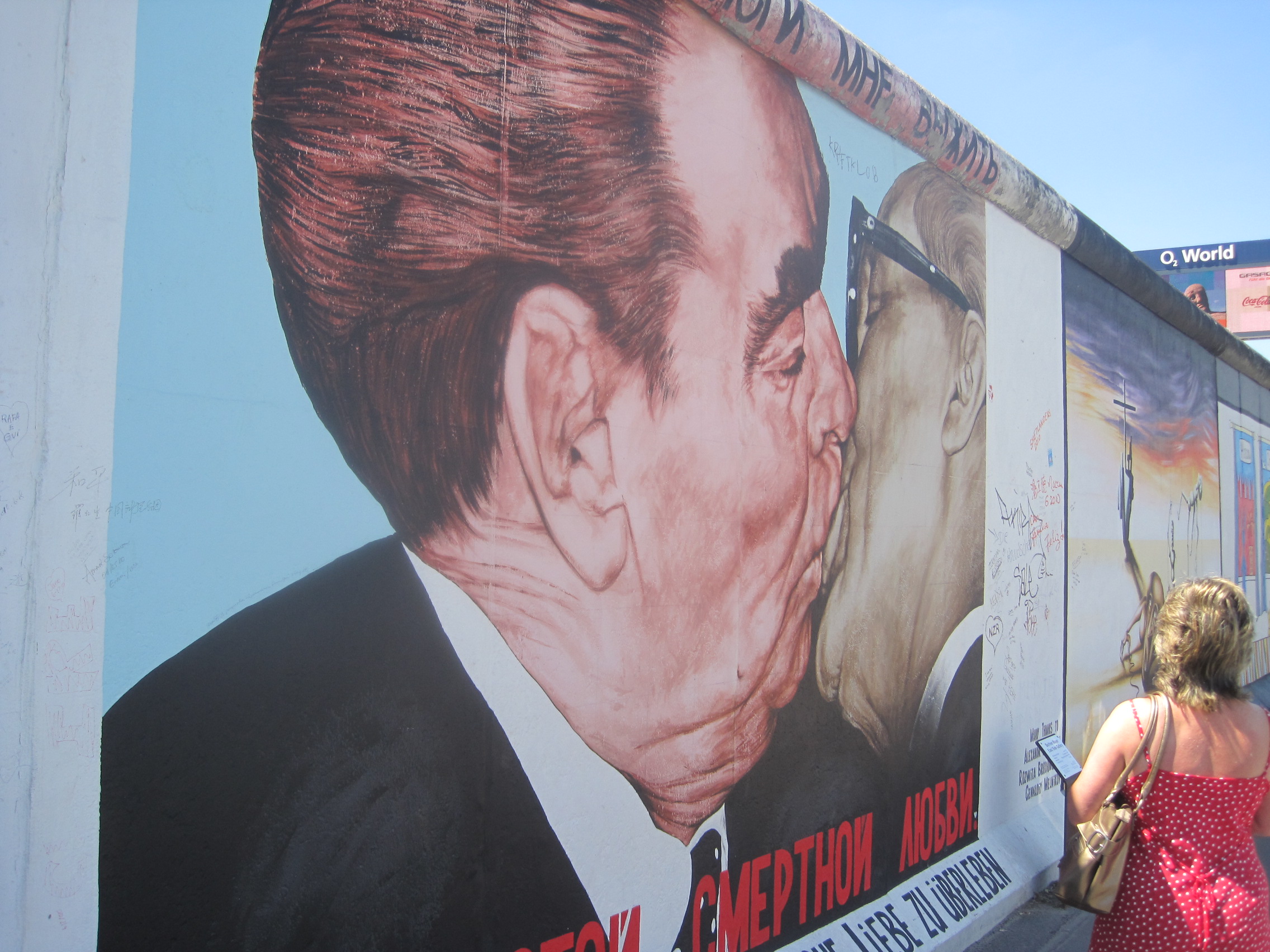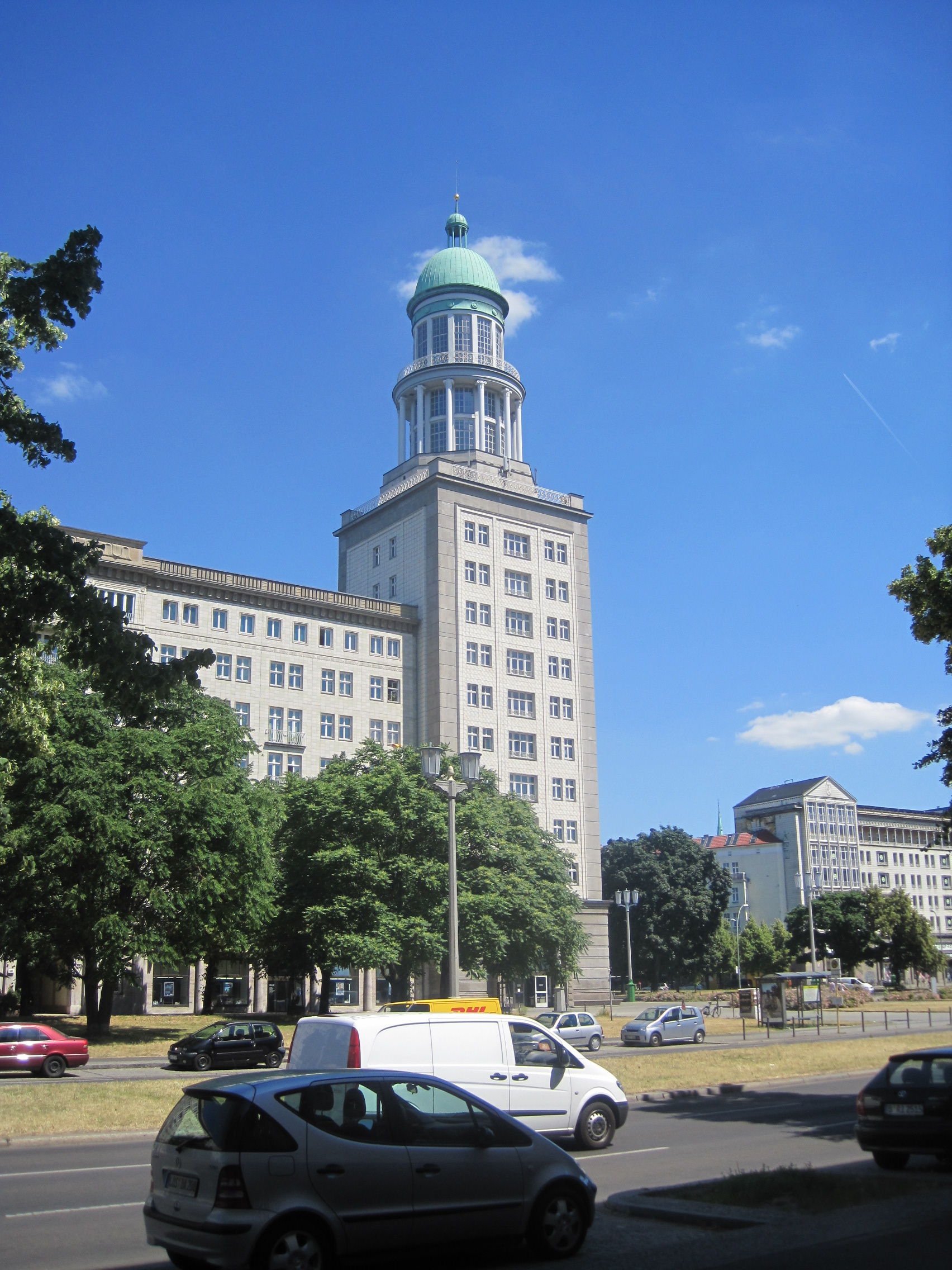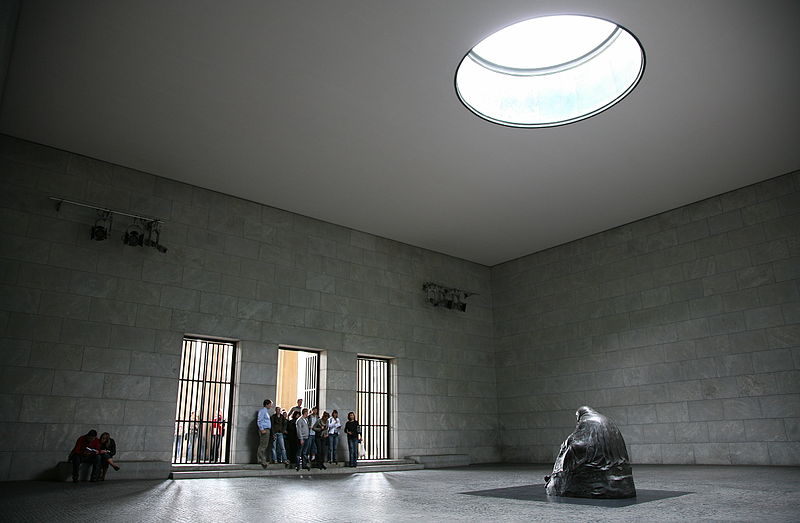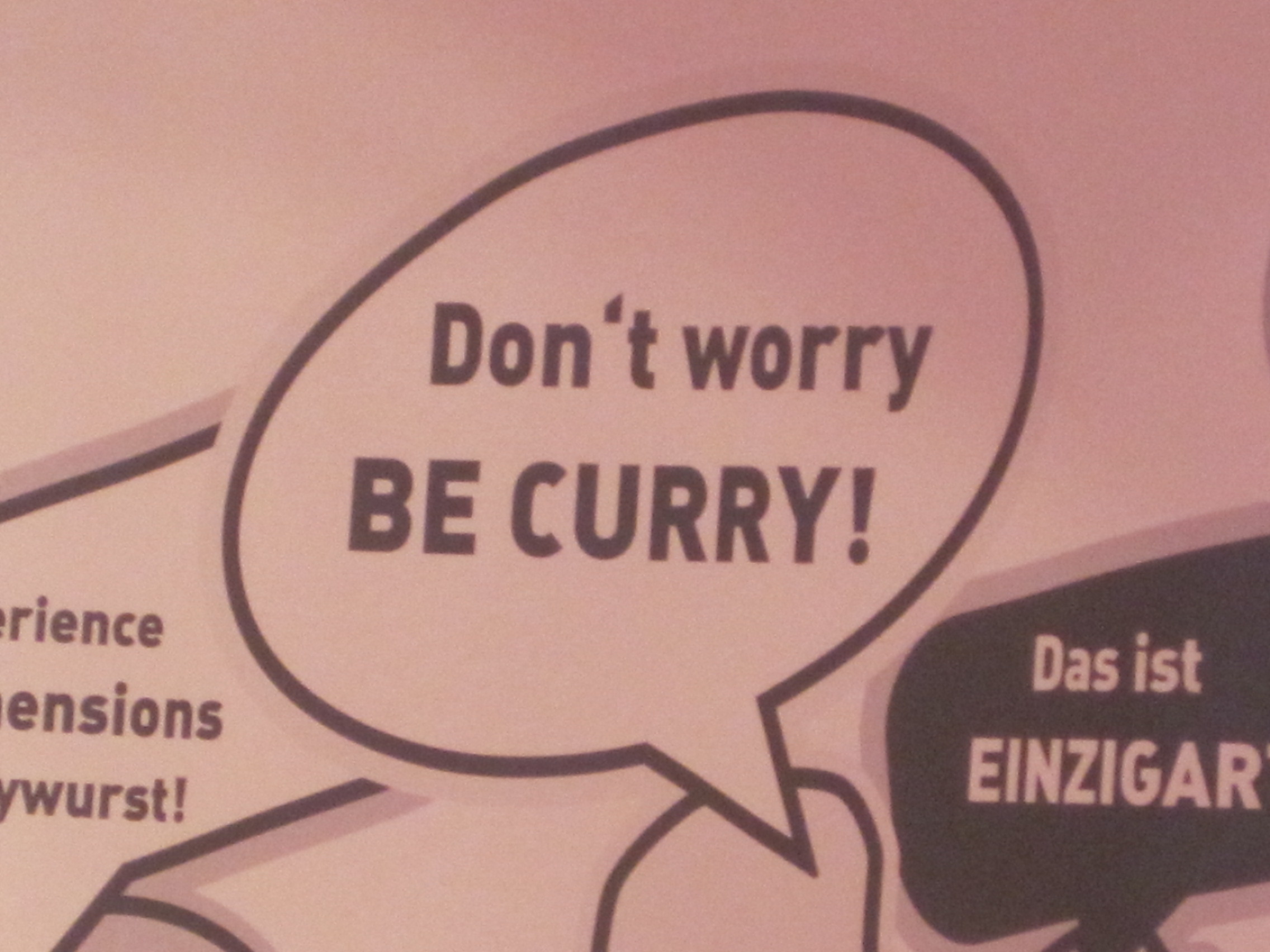
I absolutely love Berlin. Hardly surprising as a self-confessed Germanophile, but I would say it’s my favourite city, though it’s been a few years since I last went.
There are endless reasons to fall for Germany’s capital: the chilled atmosphere, the amazing nightlife, the people, the public transport network… But the reason I love Berlin is the history.
Berlin is steeped in history, and I don’t just mean the legacy of WWII; the city was the capital the Kingdom of Prussia, the German Empire, the Weimar Republic, Nazi Germany, East Germany and of course, the Federal Republic of Germany. That is a lot of history.
So, I thought I would show you some of the lesser-known monuments and historic sites in Germany’s eclectic capital. So forget Checkpoint Charlie and the Brandenburg Gate, here is a selection of my favourite historically significant places in Berlin.
Karl-Marx-Allee
While the East-Side Gallery gives you an idea of the lengths the East German state went to to keep people from leaving, Karl-Marx-Allee is the best place in the city to see the vision they had for those they kept there. Known previously as Stalinallee, the street was built as the focal point of East Berlin and was lined with monumental buildings, similar to the Stalinist architecture found in Moscow. It’s still a beautiful street, with markers and signposts along the way to tell you a bit about the buildings. A must-see for anyone interested in the former East Germany.
Mother with her dead son monument
Located in the Neue Wache (New Guard House), which previously held an eternal flame during the time of the GDR in memory of the victims of fascism, the monument features a woman cradling her dead son. Today, the building has been ‘repurposed’ as the ‘Central Memorial of the Federal Republic of Germany for the Victims of War and Dictatorship,’ and the monument forms the focal point. Placed directly under the oculus, it’s said that when it rains, water pours down the woman’s face like tears.
The Story of Berlin museum
A fantastic museum, the Story of Berlin does ‘exactly what it says on the tin’ and chronicles the colourful and incredible history of this city, including a tour of a nuclear bunker. Informative and interactive, it’s one of the best I’ve been to.
Night of Shame monument
On the night of 10th May 1933, Nazi students publicly burned over 20,000 books which did not fit into the National Socialist ideology. Today, the location in Bebelplatz square is marked with a very moving monument. If you peer through a Perspex tile in the floor into a small, white room below, you can see rows and rows of empty bookcases, accompanied with a bronze plaque that reads, “Where they burn books, they will in the end also burn people.” It’s a brilliant, simple but very moving monument and is just one example that shows the lengths Germany has gone to to remember its difficult past.
Hohenschönhausen Memorial Centre
Located on the outskirts of Berlin, Hohenschönhausen functioned as a prison for political prisoners in East Germany, operated by the Stasi, the state security service. Now open as a memorial centre, the place is still quite chilling. Tours are available in English and German, though some German tours are led by former prisoners. Our English tour guide told the story of how an involuntary hysterectomy was performed on a female prisoner as punishment for non-compliance. The prison was featured in the film Das Leben der Anderen.
Ampelmännchen
Though hardly ‘little-known’ any more, I couldn’t resist including the Ampelmännchen in this list as one of the more positive legacies of the East German state. The characters featured on East German traffic lights have become a huge commercial success, and you can’t go anywhere without seeing life-size figures of them. They perfectly sum up the Ostalgie phenomenon captured in the film Goodbye, Lenin! and in the argument of whether the reunification was more of a West German annexation, it’s nice to see that a part of East Germany has been embraced by the West.
Currywurst museum
You can’t go to Berlin without trying Currywurst, everyone’s favourite curried sausage. Berliners are seemingly so proud of their claim to the dish, they opened up a museum around the corner from Checkpoint Charlie devoted to the story of its creation – and it’s actually surprisingly entertaining. Your entrance fee includes three types of Currywurst. Perfect.
What’s your favourite thing about Berlin?








Thanks for this — Berlin is a fantastic city. I’ll have to visit some of the places you suggest next time I go.
I love the monument. I hope I get to see it someday.
I love your passion for Berlin and especially for its history! So let me add two more places you’d need to see beeing in Berlin next time. Its the two main spots where one can still see the Berlin Wall: The Berlin Wall Memorial, Bernauer Straße – here one can see the whole-no-mans-land with all different obstacles. And, much less known but equally important, the eastern side of the bridge which became the place where the Wall was breached first. Its ‘Bosebrücke’ at the end of Bornholmer Straße – train station is ‘Bornholmer Straße’. Look for the metal bars in the ground which tell what happened during November 9th 1989… just have a look here to find more places to see: http://www.steubentoursberlin.com/stbbln/de/the-berlin-wall-tour.html
Thank you very much, glad you liked the post. I absolutely love Berlin! Thanks for the tips, hopefully I’ll be back there again soon.